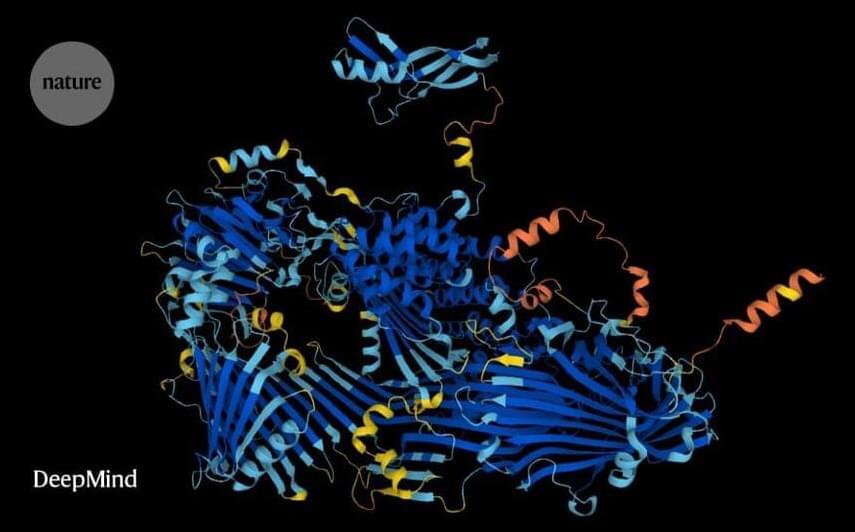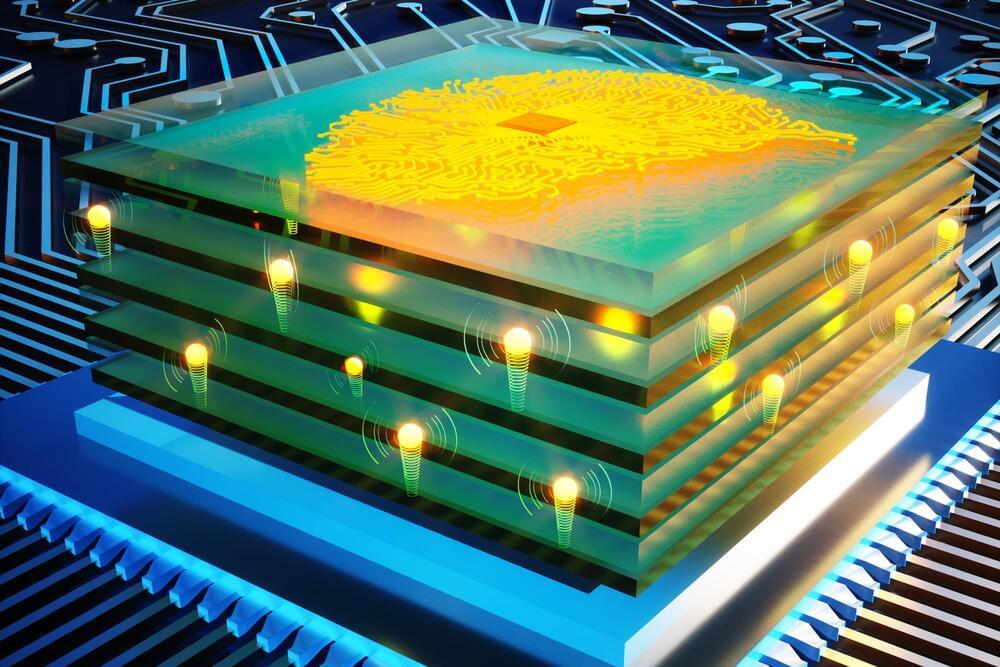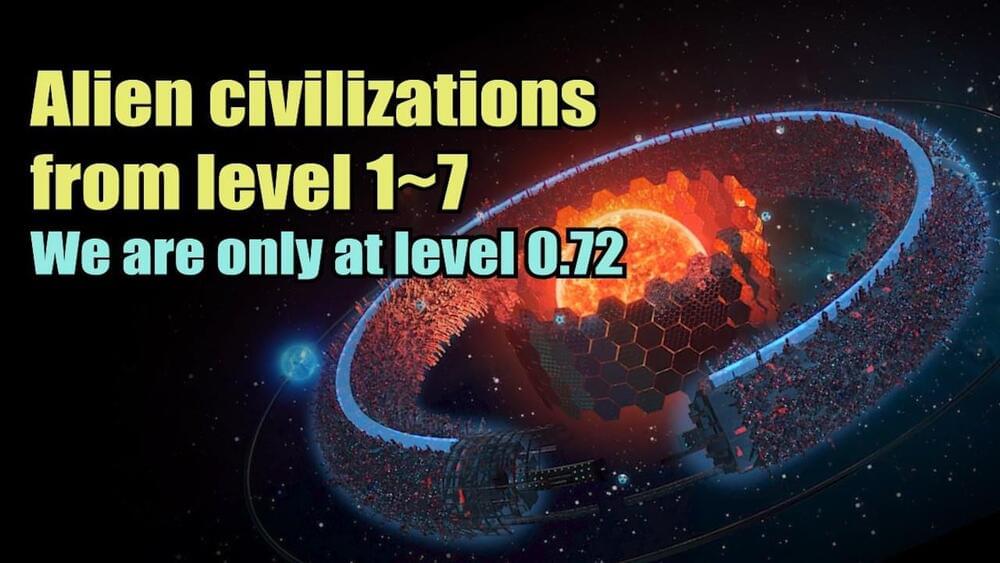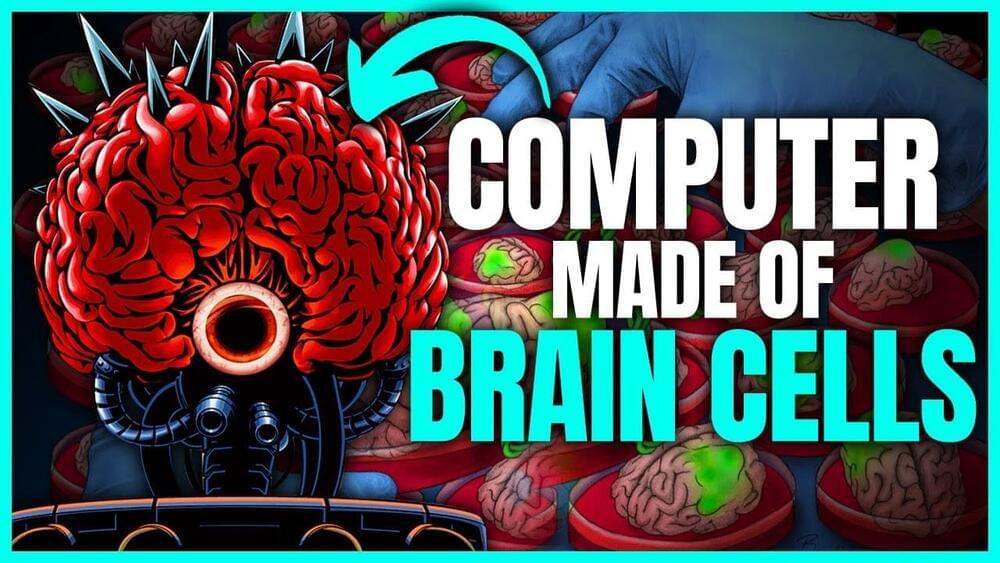The European Commission has published its DESI 2022 report, which looks at how much digitalization progress member states are making. It highlighted that the deployment of 5G is going too slow.
DeepMind’s AlphaFold tool has determined the structures of around 200 million proteins, from almost every known organism on Earth.
“The final theory of nature must be octonionic,” observed Michael Atiyah, a British mathematician who united mathematics and physics during the 1960s in a way not seen since the days of Isaac Newton.
“Octonions are to physics what the Sirens were to Ulysses,” Pierre Ramond, a particle physicist and string theorist at the University of Florida, said to Natalie Walchover for Quanta.
Many physicists and mathematicians over the decades suspected that the peculiar panoply of forces and particles that comprise reality spring logically from the properties of eight-dimensional numbers called “octonions.” Proof surfaced in 1,898, writes Walchover in Quanta, that the reals, complex numbers, quaternions and octonions are the only kinds of numbers that can be added, subtracted, multiplied and divided.
A research team led by Rice University neuroengineers has created wireless technology to remotely activate specific brain circuits in fruit flies in under one second.
The team – an assemblage of experts in genetic engineering, nanotechnology, and electrical engineering – used magnetic signals to activate targeted neurons that controlled the body position of freely moving fruit flies in an enclosure.
The researchers first created genetically modified flies bred to express a special heat-sensitive ion channel in neurons that cause flies to partially spread their wings, a common mating gesture. They then injected magnetic nanoparticles that could be heated with an applied magnetic field.
MIT researchers created protonic programmable resistors — building blocks of analog deep learning systems — that can process data 1 million times faster than synapses in the human brain. These ultrafast, low-energy resistors could enable analog deep learning systems that can train new and more powerful neural networks rapidly, which could be used for areas like self-driving cars, fraud detection, and health care.
-Chapters
0:00 Kardashev scale.
1:55 Level.
03:11 Level 1 (planetary civilization)
4:48 Level 2 (stellar civilization)
6:38 Level 3 (galactic civilization)
8:09 Level 4 (universal civilization)
9:55 Level 5 (multiversal civilization)
11:15 Level 6 (multidimensional civilization)
12:26 Level 7 (creator civilization)
Email: [email protected].
#civilization.
#universe.
#Kardashev scale.
#type 1 civilization.
#type 2 civilization.
#type 3 civilization.
#type 4 civilization.
#type 5 civilization.
#type 6 civilization.
#type 7 civilization.
Videos and music licensed via.
https://www.storyblocks.com
SYNOPSIS: Will a computer ever be more creative than a human? In this compelling program, artists, musicians, neuroscientists, and computer scientists explore the future of artistry and imagination in the age of artificial intelligence.
PARTICIPANTS: Sougwen Chung, Jesse Engel, Peter Ulric Tse, Lav Varshney.
MODERATOR: John Schaefer.
Original program date: MAY 31, 2017
WATCH THE TRAILER: https://youtu.be/O6t7I_iVim8
WATCH THE LIVE Q&A W/JESSE ENGEL: https://youtu.be/UXyMiSURQ7Y
FULL DESCRIPTION: Today, there are robots that make art, move like dancers, tell stories, and even help human chefs devise unique recipes. But is there ingenuity in silico? Can computers be creative? A rare treat for the senses, this thought-provoking event brings together artists and computer scientists who are creating original works with the help of artificially intelligent machines. Joined by leading experts in psychology and neuroscience, they’ll explore the roots of creativity in humans and computers, what artificial creativity reveals about human imagination, and the future of hybrid systems that build on the capabilities of both.
MORE INFO ABOUT THE PROGRAM AND PARTICIPANTS: https://www.worldsciencefestival.com/programs/computational-creativity/
This program is part of the Big Ideas Series, made possible with support from the John Templeton Foundation.
Patreon: https://www.patreon.com/mlst.
Discord: https://discord.gg/ESrGqhf5CB
The field of Artificial Intelligence was founded in the mid 1950s with the aim of constructing “thinking machines” — that is to say, computer systems with human-like general intelligence. Think of humanoid robots that not only look but act and think with intelligence equal to and ultimately greater than that of human beings. But in the intervening years, the field has drifted far from its ambitious old-fashioned roots.
Dr. Ben Goertzel is an artificial intelligence researcher, CEO and founder of SingularityNET. A project combining artificial intelligence and blockchain to democratize access to artificial intelligence. Ben seeks to fulfil the original ambitions of the field. Ben graduated with a PhD in Mathematics from Temple University in 1990. Ben’s approach to AGI over many decades now has been inspired by many disciplines, but in particular from human cognitive psychology and computer science perspective. To date Ben’s work has been mostly theoretically-driven. Ben thinks that most of the deep learning approaches to AGI today try to model the brain. They may have a loose analogy to human neuroscience but they have not tried to derive the details of an AGI architecture from an overall conception of what a mind is. Ben thinks that what matters for creating human-level (or greater) intelligence is having the right information processing architecture, not the underlying mechanics via which the architecture is implemented.
Ben thinks that there is a certain set of key cognitive processes and interactions that AGI systems must implement explicitly such as; working and long-term memory, deliberative and reactive processing, perc biological systems tend to be messy, complex and integrative; searching for a single “algorithm of general intelligence” is an inappropriate attempt to project the aesthetics of physics or theoretical computer science into a qualitatively different domain.
Panel: Dr. Tim Scarfe, Dr. Yannic Kilcher, Dr. Keith Duggar.
Pod version: https://anchor.fm/machinelearningstreettalk/episodes/58-Dr–…e-e15p20i.
Artificial Intelligence is pretty much THE HOLY GRAIL of Future Technologies.
There is no big Company nor University, which is not working on the development of Artificial Intelligence.
Role models are often the superior performance of the biological brain, but that’s also a lot of work.
So a development team in Australia therefore wants to save tedious development time and insert brain cells into Computers!
You may think that sounds crazy?
But their first prototype is already learning faster than traditional Artificial Intelligences of computers.
How did they even do that? This is exactly what we will talk about in this video.
If used improperly, the metaverse could be more divisive than social media and an insidious threat to society and even reality itself.









